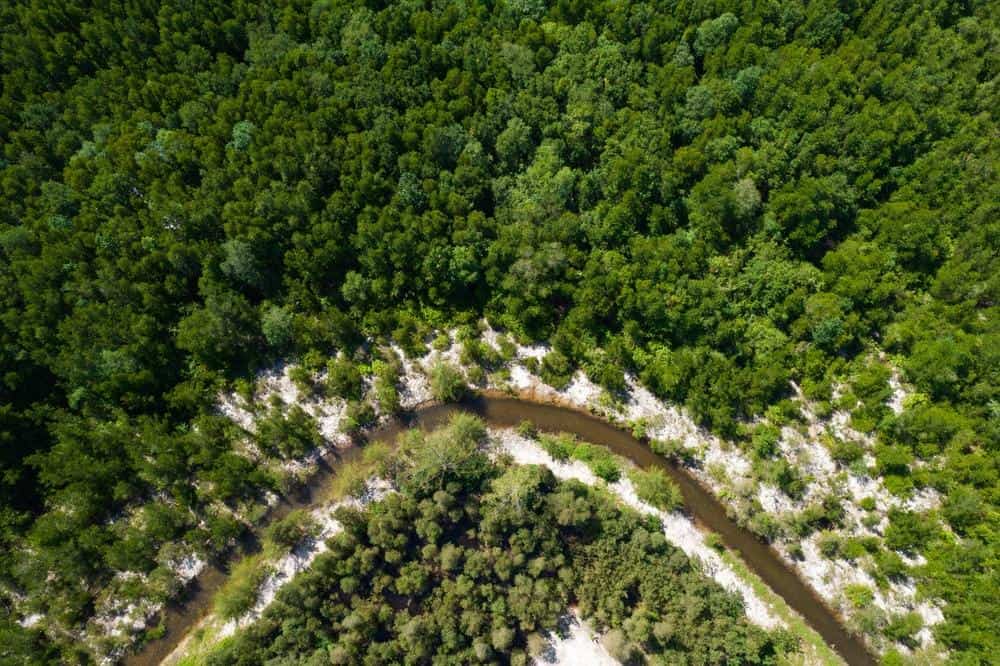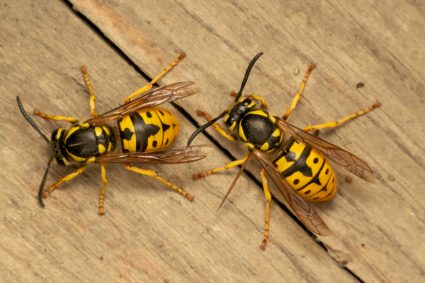
Wild animals can be a nuisance, especially when they invade your property or pose a threat to your safety. Whether it’s raccoons rummaging through your garbage, deer feasting on your garden, or bears wandering into your campsite, it is essential to know how to effectively and humanely scare them away. In this comprehensive guide, we will explore various methods to deter wild animals, discuss the legal and ethical considerations, and provide preventive measures to keep animals at bay.
To scare wild animals away, you can use loud noises or visual deterrents, apply repellents, or modify the habitat to make it less appealing. However, the effectiveness of these methods varies depending on the animal and situation. It’s also essential to consider legal and ethical aspects, and to take preventive measures to avoid attracting animals to your property in the first place. If faced with a dangerous situation, stay calm, make yourself appear larger, and use deterrents if necessary.
Most Common Wild Animals Encountered
The most common wild animals people typically need to scare away include raccoons, coyotes, foxes, deer, wild boars, bears, and mountain lions. Each of these animals can pose different challenges and threats, so it’s crucial to understand the specific behaviors and deterrents for each species. For instance, loud noises like yelling, clapping, or using air horns can be effective deterrents for most of these animals. However, the effectiveness of these techniques can vary depending on the specific animal and situation.
Techniques to Deter Animals
There are several humane techniques to deter wild animals without causing them harm:
- Habitat modification: Alter the environment to make it less attractive to wildlife. This could involve removing food sources or shelter.
- Exclusion: Use barriers like nets, cylinders, or fences to prevent wildlife from accessing certain areas.
- Frightening devices: Use audio or visual devices, such as propane cannons or flashing lights, to scare animals away.
- Repellents: Apply chemicals that deter animal activity. These can be purchased commercially or made at home using ingredients like hot pepper solution or garlic.
- Guard animals: Use dogs, llamas, or other animals to protect livestock or property from predators.
Remember, the effectiveness of these techniques can vary depending on the situation and the specific animal species. Often, a combination of methods will yield the best results.
Influence of Human Behavior
Your behavior can significantly influence the likelihood of encountering wild animals. Staying aware of your surroundings, maintaining a safe distance from wildlife, and avoiding hiking at dawn or dusk when animals are most active can help minimize encounters with wildlife. Also, making noise while hiking can help avoid surprising animals like bears or cougars on the trail, reducing the likelihood of close encounters.
Use of Sounds, Smells, and Visual Deterrents
Employing a combination of sounds, smells, and visual deterrents can effectively scare off wild animals. Loud noises, strong-smelling herbs, and bright colors or flashing lights can frighten animals and deter them from your property. However, the effectiveness of these deterrents can vary depending on the specific animal and situation. In some cases, a combination of deterrents may be necessary to achieve the desired results.
Legal and Ethical Considerations
When trying to scare wild animals away, it’s crucial to consider legal and ethical aspects. Always prioritize the welfare of the animals and comply with local regulations. It’s generally recommended to seek professional assistance to ensure the safe and humane handling of wild animals.
Preventive Measures
To avoid attracting wild animals in the first place, keep your property clean, secure trash containers, remove potential food sources, trim overgrown vegetation, and seal off entry points. Additionally, installing fences and using animal repellents can help keep animals away from your property.
Geography and Climate Impact
The geography and climate of an area can influence the effectiveness of different methods used to scare wild animals away. Understanding the local environment and the behavior of the animals in that environment can help inform the choice of appropriate deterrents.
What to Do in a Dangerous Situation
If deterrent methods fail and you find yourself in a dangerous situation with a wild animal, it’s essential to stay calm, maintain a safe distance, make yourself appear larger, make noise, and use deterrents if necessary. If the animal attacks, use any available objects or your own strength to fight back, targeting sensitive areas like the eyes, nose, and throat.
In conclusion, dealing with wild animals requires a combination of knowledge, preparedness, and respect for the animals. By following these guidelines, you can effectively and humanely scare wild animals away, keeping both you and the animals safe.
Frequently Asked Questions
What are some examples of homemade repellents for deterring wild animals?
Here are some homemade repellents that can be effective in deterring wild animals: – Pepper spray: Mix a small amount of cayenne pepper with water and spray it around your property. – Garlic solution: Garlic has a strong smell that many animals find unappealing. Blend a few cloves of garlic with water and spray it in areas where you want to deter animals. – Vinegar solution: The strong smell of vinegar can also act as a deterrent. Soak rags in vinegar and place them in areas where you’ve noticed animal activity.
How can I safely scare away a bear if I encounter one while hiking?
If you encounter a bear while hiking, the first thing to do is stay calm and avoid sudden movements. Speak in a calm, assertive voice and slowly back away without turning your back on the bear. If the bear approaches, make yourself appear larger by raising your arms and standing on your toes. If it’s a black bear and it continues to approach, make loud noises, bang pots and pans, or use bear spray if you have it. Remember, never try to outrun a bear.
What should I do if wild animals keep returning to my property despite using deterrents?
If wild animals continue to return to your property despite using deterrents, it’s possible they have found a consistent food source or shelter on your property. Thoroughly check your property for potential attractants such as open garbage cans, pet food, bird feeders, or accessible compost piles and remove or secure them. If the problem persists, it might be best to contact a professional wildlife removal service.
What are some examples of legal and ethical considerations when dealing with wild animals?
Legal and ethical considerations can vary by location, but generally include not causing unnecessary harm to the animals, not using poisons or inhumane traps, and not interfering with protected species or habitats. Always check local laws and regulations or consult with a wildlife professional if you’re unsure.










